
A new study shows that detecting and isolating Clostridium difficile carriers when they are admitted to hospitals can significantly reduce the incidence of new infections from the pathogen.


A new study shows that detecting and isolating Clostridium difficile carriers when they are admitted to hospitals can significantly reduce the incidence of new infections from the pathogen.
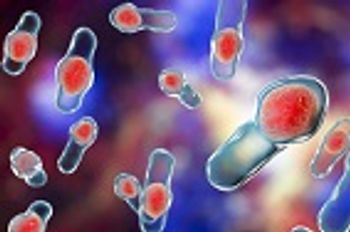
In the battle against drug-resistant pathogens, genetic research holds promising answers to our toughest threats. A new study shows that the best tool for treating Clostridium difficile infections could be within the genome of the bacteria itself.

New research from the Imperial College of London now offers a promising novel approach in the fight against methicillin-resistant Staphylococcus aureus (MRSA), and their findings are decidedly salty.

Wound care is challenging in today’s era of antibiotic-resistant bacterial infections, but healthcare practitioners treating infectious wounds have some tiny allies.
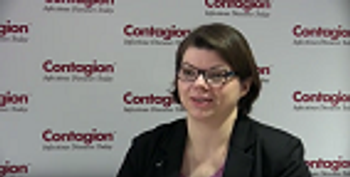
Robin Jump, MD, PhD, assistant professor in the Department of Medicine at the Case Western Reserve University, discusses how 'careful observation' can be used to decrease the number of unnecessary antibiotic prescriptions in the healthcare setting.
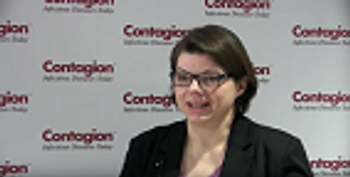
Robin Jump, MD, PhD, assistant professor in the Department of Medicine at the Case Western Reserve University, discusses efforts to screen asymptomatic Clostridium difficile carriers as well as some of the barriers to implementing active surveillance and putting asymptomatic carriers in isolation.

According to the new study, the antibacterial response of white blood cells to the flu virus fails to target the S. aureus bacteria and instead causes inflammatory injury to the lungs and damage to surrounding tissue, creating a higher susceptibility to secondary bacterial infections such as MRSA pneumonia.
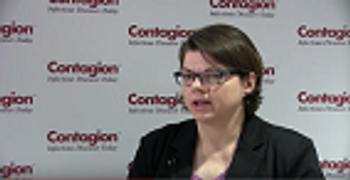
Robin Jump, MD, PhD, assistant professor in the Department of Medicine at the Case Western Reserve University describes recent technologies that are important for infection control in hospitals.
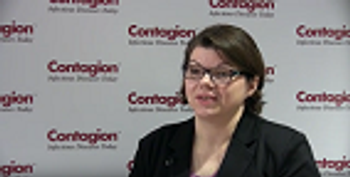
Robin Jump, MD, PhD, assistant professor in the Department of Medicine at the Case Western Reserve University, outlines ways that healthcare providers can improve the prevention and management of C. difficile in post-acute care facilities.

Sarah Krein, PhD, RN, health services researcher and research scientist at VA Ann Arbor Healthcare System, explains the collaborative efforts of human factors engineers and infection prevention.

Sarah Krein, PhD, RN, health services researcher and research scientist at VA Ann Arbor Healthcare System, explains how the new concept of human factors engineering can be used in infection prevention.
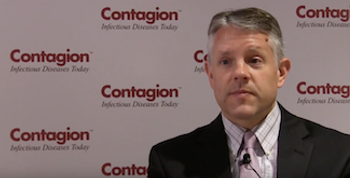
Thomas Sandora, MD, MPH, hospital epidemiologist at Boston Children’s Hospital, provides recommendations on discussing hand hygiene amongst healthcare providers and between patients and healthcare workers.

The IDSA and ATS have updated the Clinical Practice Guidelines for HAP & VAP for the first time since 2005 to recommend that each hospital generate antibiograms and reduce the use of antibiotics in treatment regiments.

Michael Calderwood, MD, MPH, previously assistant hospital epidemiologist and associate director of antimicrobial stewardship at Brigham and Women’s Hospital, discusses some up and coming infection prevention strategies.

Gonzalo Bearman, MD, MPH, hospital epidemiologist, Virginia Commonwealth University, explains the risk of animal to human infection transmission during personal pet, service animal, and assisted-therapy animal healthcare setting visitations.

Marion A. Kainer, MD, MPH, FRACP, FSHEA, director, Healthcare Associated Infections and Antimicrobial Resistance Program, Tennessee Department of Health, outlines currently available strategies to avoid antimicrobial resistance.

Michael Calderwood, MD, MPH, previously assistant hospital epidemiologist and associate director of antimicrobial stewardship at Brigham and Women’s Hospital, explains healthcare associated infection risk factors for individuals who are immunocompromised, and prevention methods.

Marion A. Kainer, MD, MPH, FRACP, FSHEA, provides key points to help healthcare providers prevent healthcare associated infections.

Michael Calderwood, MD, MPH, previously assistant hospital epidemiologist and associate director of antimicrobial stewardship at Brigham and Women’s Hospital, discusses concerns over antibacterial and antimicrobial central line devices.

Michael Calderwood, MD, MPH, previously assistant hospital epidemiologist and associate director of antimicrobial stewardship at Brigham and Women’s Hospital, discusses healthcare associated infections that special populations, such as those who are immunocompromised, are most susceptible to.

Michael Calderwood, MD, MPH, previously an assistant hospital epidemiologist and associate director of antimicrobial stewardship at Brigham and Women’s Hospital, discusses how the hospital environment can be dangerous to special population patients.

Jeff Boyd, PhD, assistant professor of Biochemistry and Microbiology at Rutgers school of Environmental and Biological Sciences, explains how Staphylococcus aureus and other microbes become antibiotic-resistant.

Prof. Andrea Endimiani, MD, PhD, from the Institute of Infectious Diseases at the University of Bern, Switzerland, explains the method by which bacteria carrying the mcr-1 gene are transmitted between people.
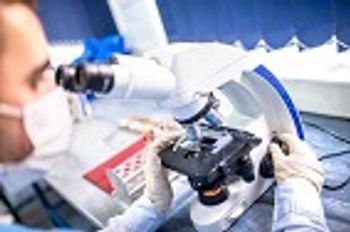
Due to an ongoing investigation of a multistate outbreak linked to contaminated liquid docusate products, the Centers for Disease Control and Prevention (CDC) advised healthcare providers against the use of these products.
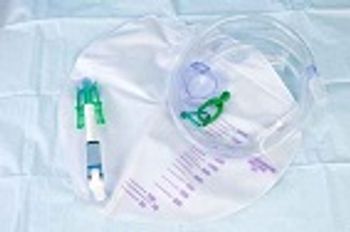
Both inappropriate catheter use and rates of catheter-associated urinary tract infections (UTIs) can be reduced in the non-intensive care unit (ICU) setting.